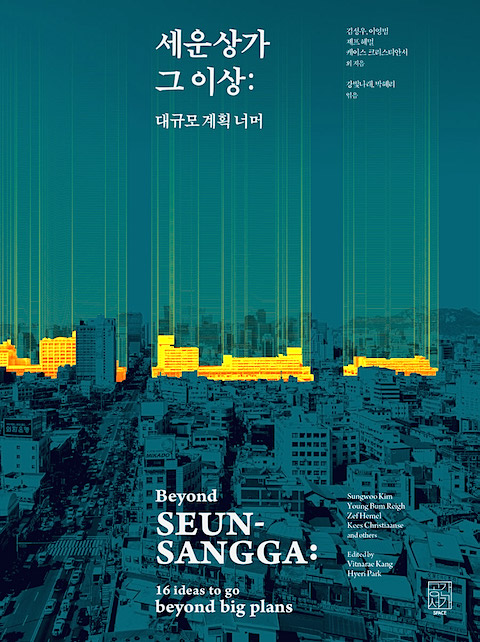Read in ‘Beyond Seun-Sangga (2015):
Last Thursday Hyeri Park, an urban planner from South-Korea who’s living in the Netherlands, gave a great lecture at the University of Amsterdam on ‘Seoul Mutations. Another Story after Fast Urban Growth in Asia’. Mrs. Park told the students about the ‘Miracle on the Han river’, which took place in the sixties and seventies, and also she focused on what happened afterwards. In only fourty years, the South-Korean capital grew from 1 million to 1o million; the metropolitan region nowadays counts almost 25 million inhabitants – half the population of the Korean peninsula. In 1997 came the crisis, and another economic crisis followed in 2007. She pointed at how poverty since then is growing, and how the rich are getting richer. She introduced the policy of New Town Development of 2008, when the government tried to intervene and turn poor neighborhoods in the cities’ north into more prosperous districs. This new policy failed: big plans did not work out. The property owners, backed by construction corporations, were actually in control. Corruption is rampant. So the question is, how can a city like Seoul develop itself in a more balanced and sustainable way?
In ‘Repositioning of the City Regions: Korea after the crisis’, Mr. Won Bae Kim wrote that the competitiveness of a city region depends on a whole series of factors, including its process of governance, the social and economic infrastructure, the quality of its human capital, the quality of its natural environment, and the capability of its local institutions. The key factor in affecting the rise and fall of local economies like the one in Seoul lies in local adaptability. Mr. Kim thought a radical departure from the centralized model of governance of the past in Seoul is needed. Alternative forms of governance are to be developed. That was in 2001. This week, Mrs. Park gave great examples of horizontal strategies in Seoul, some of them based on a conference she and Mrs. Vitnarea Kang organized last year in Seoul City Hall, called ‘Beyond Big Plans’. The new approach of the Seun Sangga area for instance is promising. You might call it a ‘platformization’ of a poor neighborhood in the inner city, an area where traditional industrial clusters are becoming more productive, while introducing new ones and accommodating dfferent users. This bottom-up strategy, which focuses on cultural heritage, walkability and public engagement, is far more fertile than the traditional neoliberal masterplanning of the starchitects and urban designers. The government needs to involve different stakeholders in the decision-making process and reflect their interests in their future plans. Seoul is in the process of adopting these kind of open strategies. Very promising indeed.

Geef een reactie